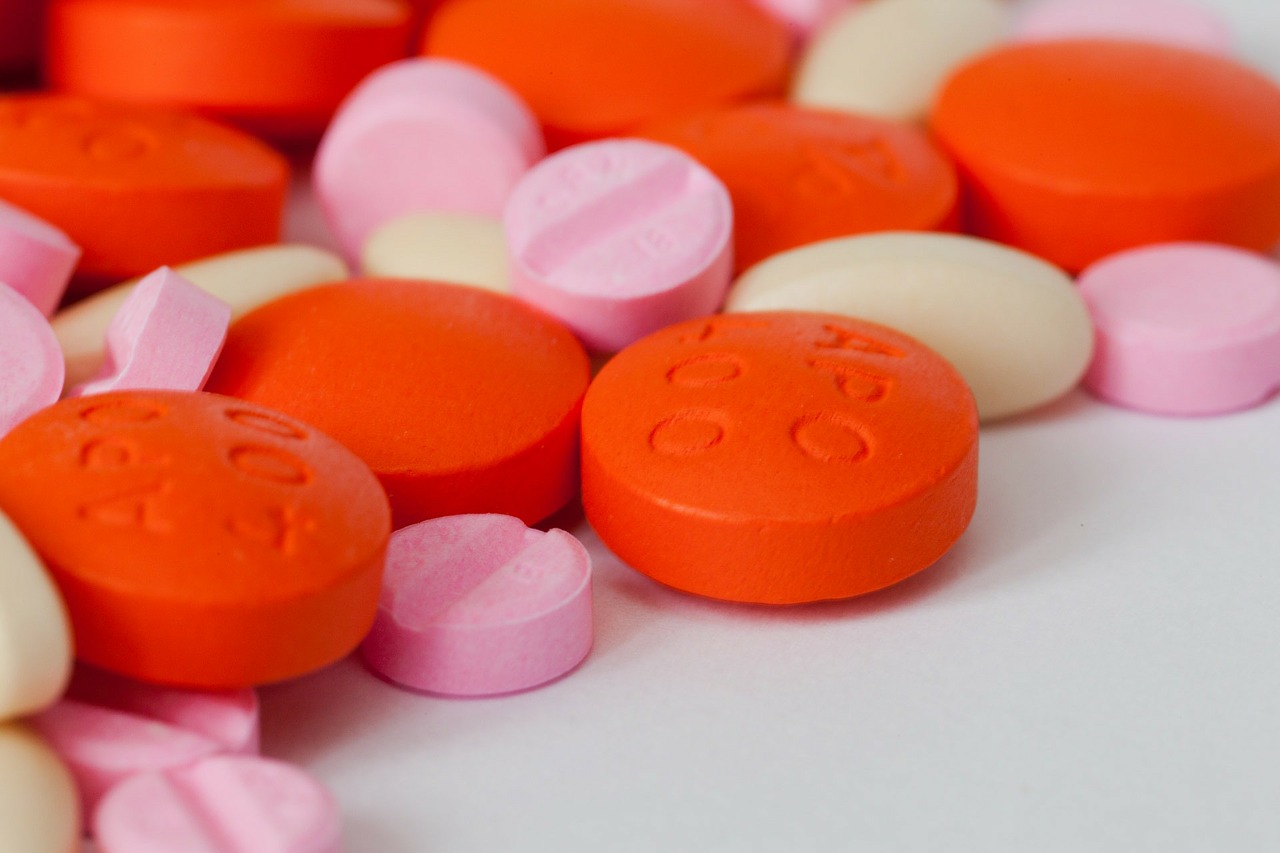Início Estudo da utilização de antimicrobianos em uma população
Antibióticos

Estudo da utilização de antimicrobianos em uma população
Resumo:
Introduction: Antimicrobials are natural or synthetic substances capable of destroying or inhibiting microorganisms. The indiscriminate use of these drugs in people of any age or gender is one of the causes of bacterial resistance. The health professional, especially the pharmacist, must have very broad knowledge to guide patients in relation to the indiscriminate use of antimicrobials, because as a result of incorrect use there can be adverse reactions, bacterial resistance and an increase in hospital admissions, in addition to these factors can lead the patient to death. In hospitals, being the gateway to infections, the use of antimicrobials increases, as a result the length of stay can also be longer. As for the prescription, it is necessary for the physician to have notions of infections, because when antimicrobials are no longer effective, infections suffer progression, without having a therapeutic action to fight them. Side effects can be seen in anyone, some are more susceptible to symptoms. To reduce misuse, it is necessary that the pharmacist provides adequate assistance and guidance to the patient. The aim of this study was to analyse how antimicrobials are used, determining which are the most consumed. This is a cross-sectional descriptive research that approached people who used antimicrobials, this research was intended to address from how they were prescribed to their administration and side effects. Material and methods: The instrument used for data collection was a questionnaire with open and closed questions with the aim of tracing the profile of the people interviewed and evaluating the use of antimicrobials. The questionnaire had 28 questions, in which patients were asked about sex, age, family income, marital status, education, alcohol consumption, physical exercise, smoking, health problems, continuous use medication, use of antimicrobials, prescriptions, side effects and tests, for the classification of drugs, the ATC standards were used. Results and discussion: In this study 67 people participated, where it was possible to observe that 60 (89.6%) people used antimicrobials in 2017. Final considerations: It is concluded that most respondents had a prescription for the use of antimicrobials, which is an important factor in the proper treatment, and it is also important, at the time of dispensing the antimicrobial, that the pharmacist guide the patients, avoiding indiscriminate use, which generate bacterial resistance, adverse reactions, increased hospital admissions and numerous serious causes.
Keywords: antimicrobials, bacteria, antibiotics, bacterial infections.
Expandir Resumo
Acessar Texto Completo

Processos fermentativos direcionados a produção de antibióticos: uma alternativa a resistência de bactérias
Resumo:
Introduction: Antibiotics are drugs of great efficiency in combating bacteria and formerly one of the fermentative treatment options, being used on a large scale, mainly monensin-based compounds, which act efficiently against gram-positive bacteria, predominant contaminants in the ethanolic fermentation. This research contemplates the fermentation processes aimed at the production of antibiotics, using the Scielo, Science and Lilacs database, thus providing an alternative for the resistance of bacteria, making an approach related to the use of a fermentation process for a collection of antibiotics. Review: Antibiotics are substances produced by microorganisms that inhibit the growth of bacteria, causing their destruction. From the studies related to the development of efficient drugs to combat bacterial infections, a favorable revolution to drug treatment is obtained, reducing the drastic cause caused by microbial diseases. The production of antibiotics using aerobic fermentation processes has aroused great interest from industrialists, this statement is highlighted because the procedure for obtaining them is simple, since antibiotics can be complex molecules. Discussion: From the advances in biotechnology, there has been a great expansion of new antibiotics and drugs with high efficiency in combating microorganisms, which are increasingly resistant due to natural genetic modifications. This, in turn, may be related to the routes of synthesis and biosynthesis of antibiotics, which cannot be quite diverse. Final considerations: Through this research it was possible to obtain satisfactory results, which did not qualify that fermentation processes can be the pillar of success of biotechnology, being directed as an alternative for the resistance of bacteria to antibiotics.
Keywords: antibiotics, fermentation processes, innovation.
Expandir Resumo
Acessar Texto Completo

Pesquisa de resíduos de antibióticos em leite in natura, pasteurizado e UHT
Resumo:
The presence of antibiotic residues in milk may occur due to their deliberate addition to the animal's feed and the final product or, due to non-compliance with the latency period after administration of these drugs in dairy animals, thus leading to undesirable reactions to humans, such as hypersensitivity, bacterial resistance and imbalance of the intestinal microbiota. Thus, the objective of the research was to investigate the presence of antibiotic residues in fresh, pasteurized and UHT milk samples marketed in the cities of Bela Cruz and Sobral, located in Ceará. Ninety milk samples were analyzed, of which 30 were fresh milk, 30 pasteurized milk and 30 UHT milk. Qualitative analyzes of antibiotic residue detection in milk were performed following the instructions in the Cow Side II Test kit. Of the 90 samples studied, 63.33% were positive for the presence of antibiotics, where 70% of the fresh milk samples, 73.33% of the pasteurized and 46.67% of the UHT milk samples showed positive reaction to the presence of antibiotics. antibiotics. It was concluded that in the majority of the samples studied there was the presence of antibiotic residues and the present residues were not quantified to compare with the acceptable limit due to the qualitative kit used for the tests. It should also be noted that despite the non-quantification, the presence of these residues should still be considered a concern for consumers, as it is known that they can cause allergic reactions in individuals with hypersensitivity, as well as exposing consumers to other serious risks.
Keywords: antibiotics, milk, resistance.
Expandir Resumo
Acessar Texto Completo

